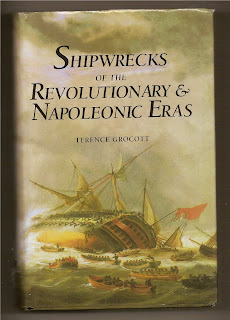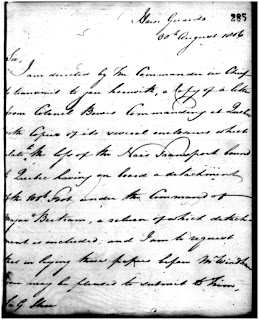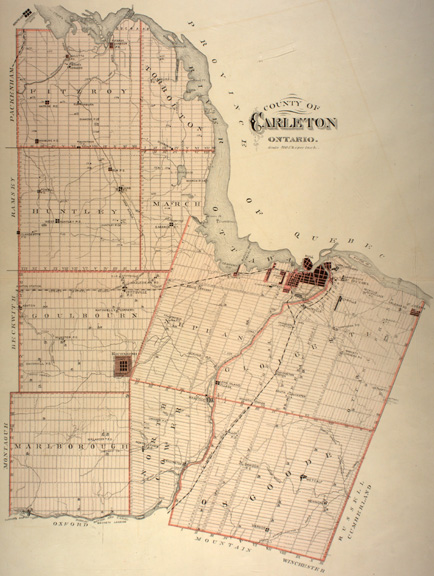

Historical research is like fishing in the Jock River. You cast and cast a line into murky waters. For Goulbourn Museum’s new travelling exhibit, I did research on the 1805 maiden voyage of the 100th Regiment of Foot. I went to the good fishing places as the late A. Barry Roberts, author of the outstanding history book, For King and Canada, at the Library Archives of Canada to make digital copies of British Colonial Office letters about the military disaster when three of the regiment’s five troopships were wrecked at sea.
Back home, a computer keyboard was my fishing pole -- type in 100th regiment 1805 shipwreck, and see the fishtails swirling around. One website lead to another as I got luckier in snagging narratives about the tall ship Nais, also known as Aeneas, off Newfoundland and the brig Two Friends, off Cape Breton Island. More sources are available for the Nais or Aeneas, since the 340 deaths of 347 aboard rates international prominence on the United Kingdom’s major disasters list since 1707 (see Aeneas in third group of 300-499 fatalities here ).
Consequently, historians and journalists have been reporting on this maritime tragedy for 200 years, including Terence Grocott in his 2002 collection, Shipwrecks of the Revolutionary & Napoleonic Eras (see above cover and page). Goulbourn Museum bought the book after seeing it as a primary source for the Wikipedia item.
Kurt Johnson, Munster
Mail to: Kurt@goulbournmuseum.ca










